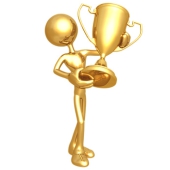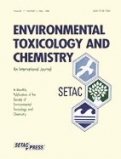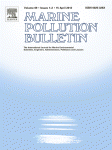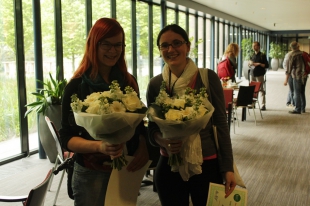Building bridges across research disciplines
Exciting times are coming for the Artemia Research Community. On September 2nd, the fully sequenced genome of Artemia will be presented on the Artemia Genome Workshop. Artemia is considered a model crustacean in aquaculture just as Daphnia is considered the model crustacean in freshwater. On the Artemia Genome day, LMAE will contribute to both the presentations as well as the scientific discussion. LMAE will share her knowledge and experience on the Daphnia genome to the broad Artemia research community. Hence, LMAE will strengthen its ongoing collaboration with the Laboratory of Aquaculture and continue to facilitate cross-fertilizations between these different research domains, e.g. the AquaStress project!
More information (Dutch): Faculty of Bioscience Engineering, Ghent University


 In aquatic ecosystems, Daphnia are exposed to a wide variety of natural and chemical stressors that can cause interactive effects resulting in an increased impact on aquatic ecosystems. The authors therefore investigated the interactive effects of harmful cyanobacteria (cyanoHABs) with carbaryl in Daphnia pulex, because cyanobacteria have become an important concern for aquatic ecosystems. Daphnia were exposed for 21 d to 4 selected cyanobacteria (Aphanizomenon sp., Cylindrospermopsis raciborskii, Microcystis aeruginosa, and Oscillatoria sp), carbaryl, and all binary combinations of carbaryl and each individual cyanobacterium. Results were analyzed with both the independent action and the concentration addition model.
In aquatic ecosystems, Daphnia are exposed to a wide variety of natural and chemical stressors that can cause interactive effects resulting in an increased impact on aquatic ecosystems. The authors therefore investigated the interactive effects of harmful cyanobacteria (cyanoHABs) with carbaryl in Daphnia pulex, because cyanobacteria have become an important concern for aquatic ecosystems. Daphnia were exposed for 21 d to 4 selected cyanobacteria (Aphanizomenon sp., Cylindrospermopsis raciborskii, Microcystis aeruginosa, and Oscillatoria sp), carbaryl, and all binary combinations of carbaryl and each individual cyanobacterium. Results were analyzed with both the independent action and the concentration addition model. A two-year comprehensive assessment of marine litter in Belgian coastal waters was performed. Abundance, weight and composition of marine debris, including microplastics, was assessed by performing beach, sea surface and seafloor monitoring campaigns. Plastic items were the dominant type of macrodebris recorded: over 95% of debris present in the three sampled marine compartments were plastic. In general, concentrations of macrodebris were quite high. Especially the number of beached debris reached very high levels: on average 6,429 ± 6,767 items per 100m were recorded. Microplastic concentrations were determined to assess overall abundance in the different marine compartments of the Belgian Continental Shelf. In terms of weight, macrodebris still dominates the pollution of beaches, but in the water column and in the seafloor microplastics appear to be of higher importance: microplastic weight is approximately 100 times and 400 times higher, respectively, than macrodebris weight.
A two-year comprehensive assessment of marine litter in Belgian coastal waters was performed. Abundance, weight and composition of marine debris, including microplastics, was assessed by performing beach, sea surface and seafloor monitoring campaigns. Plastic items were the dominant type of macrodebris recorded: over 95% of debris present in the three sampled marine compartments were plastic. In general, concentrations of macrodebris were quite high. Especially the number of beached debris reached very high levels: on average 6,429 ± 6,767 items per 100m were recorded. Microplastic concentrations were determined to assess overall abundance in the different marine compartments of the Belgian Continental Shelf. In terms of weight, macrodebris still dominates the pollution of beaches, but in the water column and in the seafloor microplastics appear to be of higher importance: microplastic weight is approximately 100 times and 400 times higher, respectively, than macrodebris weight. The Interuniversitary Advanced Master programme 'Technology for Integrated Water Management' which is promoted by our research group, received a very positive evaluation from the visitation commission. The commission stated that the programme clearly succeeds in delivering high quality education in domains linked to integrated water management.
The Interuniversitary Advanced Master programme 'Technology for Integrated Water Management' which is promoted by our research group, received a very positive evaluation from the visitation commission. The commission stated that the programme clearly succeeds in delivering high quality education in domains linked to integrated water management. The
The  At the
At the